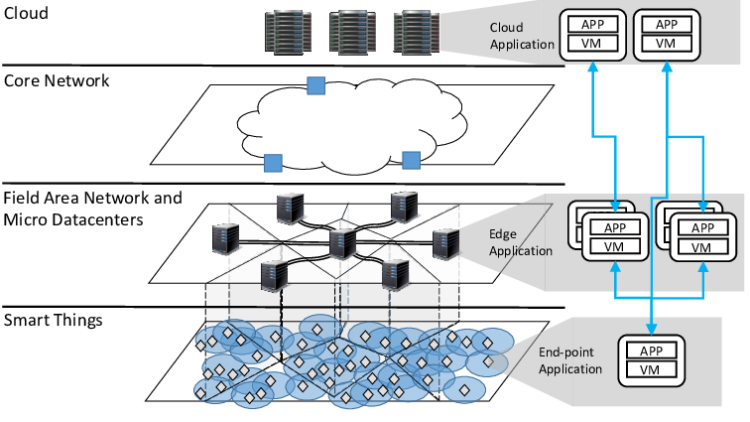How Edge Computing Reduces Latency for End Users

In today’s digital age, the demand for faster and more efficient computing has never been greater. With the rise of cloud computing, the need for real-time data processing has become increasingly important. However, traditional cloud computing models have limitations when it comes to latency, which can be a major issue for end users. This is where edge computing comes in. In this article, we will explore how edge computing reduces latency for end users.
What is Edge Computing?
Edge computing is a distributed computing model that brings computation and data storage closer to the location where it is needed. This is achieved by placing computing resources at the edge of the network, such as on devices or in local data centers. The goal of edge computing is to reduce latency and improve performance by processing data closer to the source.
Reducing Latency with Edge Computing
Latency is the time it takes for data to travel from its source to its destination. In traditional cloud computing models, data is sent to a centralized data center for processing, which can result in high latency. This can be a major issue for end users who require real-time data processing. Edge computing reduces latency by processing data closer to the source, which can significantly improve performance.
Improved User Experience
One of the main benefits of edge computing is improved user experience. By reducing latency, edge computing can provide faster response times for end users. This is particularly important for applications that require real-time data processing, such as video streaming or online gaming. With edge computing, users can experience smoother and more responsive applications, which can lead to increased user satisfaction.
Reduced Network Traffic
Another benefit of edge computing is reduced network traffic. By processing data at the edge of the network, less data needs to be sent to centralized data centers for processing. This can help to reduce network congestion and improve overall network performance. In addition, edge computing can help to reduce the amount of data that needs to be stored in centralized data centers, which can help to reduce storage costs.
Improved Security
Edge computing can also improve security by reducing the amount of data that needs to be sent over the network. With traditional cloud computing models, sensitive data is often sent over the network to centralized data centers for processing. This can increase the risk of data breaches and other security issues. With edge computing, sensitive data can be processed locally, which can help to reduce the risk of data breaches.
Conclusion
In conclusion, edge computing is a distributed computing model that brings computation and data storage closer to the location where it is needed. By processing data closer to the source, edge computing can significantly reduce latency and improve performance for end users. This can lead to improved user experience, reduced network traffic, and improved security. As the demand for real-time data processing continues to grow, edge computing is becoming an increasingly important technology for businesses and organizations of all sizes.






